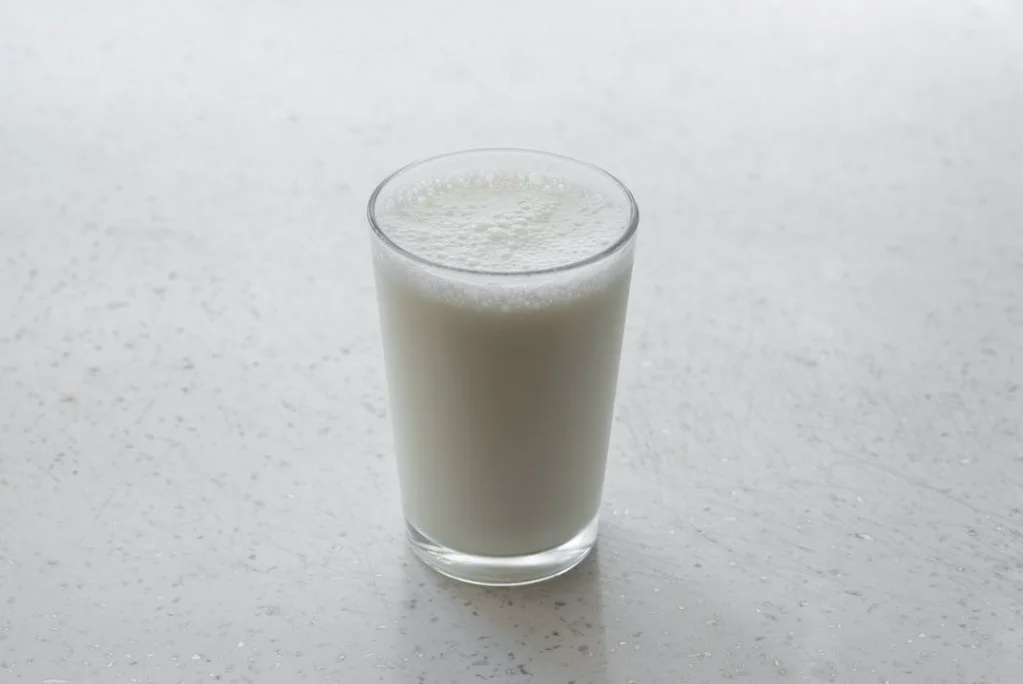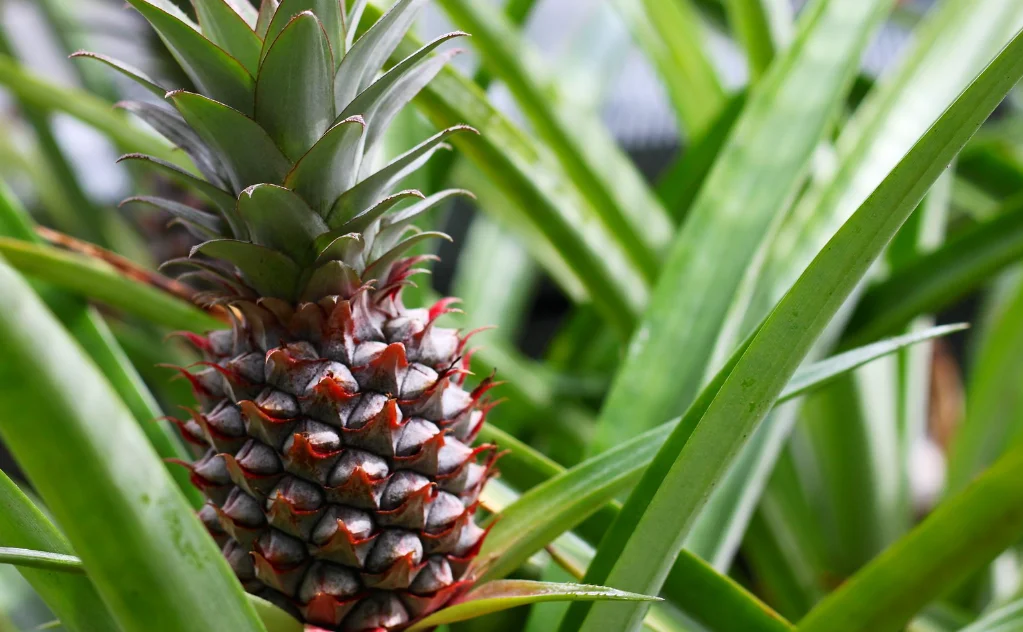
Cow milk allergy stands as one of the most prevalent food allergies impacting a diverse range of individuals. Identified by the American College of Allergy, Asthma, and Immunology, it primarily affects infants and young children, although adults can also develop this condition. Distinguishing cow milk allergy from lactose intolerance remains challenging, leading to misdiagnoses. In this comprehensive guide, we delve into the nuances of cow milk allergy, its manifestations, diagnosis, causes, and viable remedies.
Exploring Cow Milk Allergy: What Sets It Apart?
Differentiating itself from lactose intolerance, cow milk allergy involves an adverse immune reaction triggered by the proteins inherent in cow milk. While lactose intolerance concerns the body’s inability to digest milk sugar adequately, cow milk allergy involves the immune system mistakenly identifying these milk proteins as harmful, prompting an allergic response. The severity of this immune reaction can range from mild to severe, impacting individuals differently.
Triggers and Development of Cow Milk Allergy
This allergy doesn’t discriminate based on age, gender, or race, though certain factors heighten susceptibility. Infants consuming cow milk-based formulas face a higher risk compared to breastfed counterparts. Moreover, genetic predispositions, particularly family histories marked by allergies such as asthma or eczema, elevate the likelihood of developing this allergy.
Recognizing Cow Milk Allergy Symptoms
Manifestations of cow milk allergy vary across different bodily systems, spanning the skin, respiratory, gastrointestinal, and cardiovascular domains. Common symptoms encompass:
- Skin reactions like rashes or hives
- Facial, lip, or tongue swelling
- Respiratory distress including wheezing or breathing difficulties
- Gastrointestinal problems such as diarrhea
- Abdominal discomfort or cramping
- Rapid heartbeat or sudden blood pressure drop
It’s crucial to note the similarity of these symptoms with other allergies or intolerances, necessitating professional healthcare consultation for accurate diagnosis.
Diagnostic Approaches for Cow Milk Allergy
Accurate diagnosis involves a blend of medical tests and elimination diets. Skin prick tests or blood assessments help gauge the body’s allergic response to cow milk. In cases of inconclusive test outcomes, an elimination diet becomes necessary. This involves temporarily excluding cow milk and dairy from the diet, followed by reintroduction to observe symptom recurrence. Collaboration with healthcare professionals ensures safe and precise diagnostic procedures.
Unraveling the Underlying Causes
Despite ongoing research, pinpointing the exact cause remains elusive. Probable factors include genetic predispositions, early exposure to cow’s milk, and an overly active immune system. Continuous research aims to deepen understanding and foster innovative treatments.
Effectual Remedies for Cow Milk Allergy
Effective management primarily involves complete avoidance of cow milk and its derivatives. Negotiating this challenge arises in identifying hidden cow milk components prevalent in various foods, from baked goods to processed items and medications. Scrutinizing food labels and inquiring while dining out becomes essential to sidestep inadvertent consumption.
Substituting cow milk with alternative options like soy, almond, or coconut milk stands as a viable strategy. Ensuring these alternatives contain essential nutrients like calcium and vitamin D, present in cow milk, remains imperative. Consultation with healthcare professionals or dietitians ensures a balanced nutrient intake.
Timely Identification and Treatment
Cow’s milk allergy can surface at any age, commonly emerging in early childhood within the initial months or later during toddlerhood or early childhood. Prompt treatment necessitates strict avoidance of all milk and milk-derived products, including hidden ingredients prevalent in various consumables.
Identifying Symptoms in Infants
Symptoms in babies exhibit varying severity and timing:
Immediate reactions include skin issues like hives, redness, digestive disturbances such as vomiting or diarrhea, respiratory complications like wheezing, and other signs like nasal congestion or irritability.
Conclusion
Comprehending the intricacies surrounding cow milk allergy—its symptoms, diagnostic procedures, underlying causes, and effective remedies—is pivotal in steering towards a balanced and healthy life. Consulting healthcare professionals for accurate diagnosis and guidance paves the way for adept management. With diligent care and proper treatment, individuals navigating cow milk allergy can lead fulfilling lives. Accessing additional resources from esteemed organizations like the American College of Allergy, Asthma, and Immunology or the Food Allergy Research and Education facilitates further insights into managing this prevalent food allergy.




Very nice article and right to the point. I don’t know if this
is actually the best place to ask but do you
guys have any thoughts on where to employ some professional writers?
Thanks in advance 🙂 Escape rooms hub
I was looking through some of your blog posts on this internet site and I think this web site is
rattling instructive! Keep on posting.!